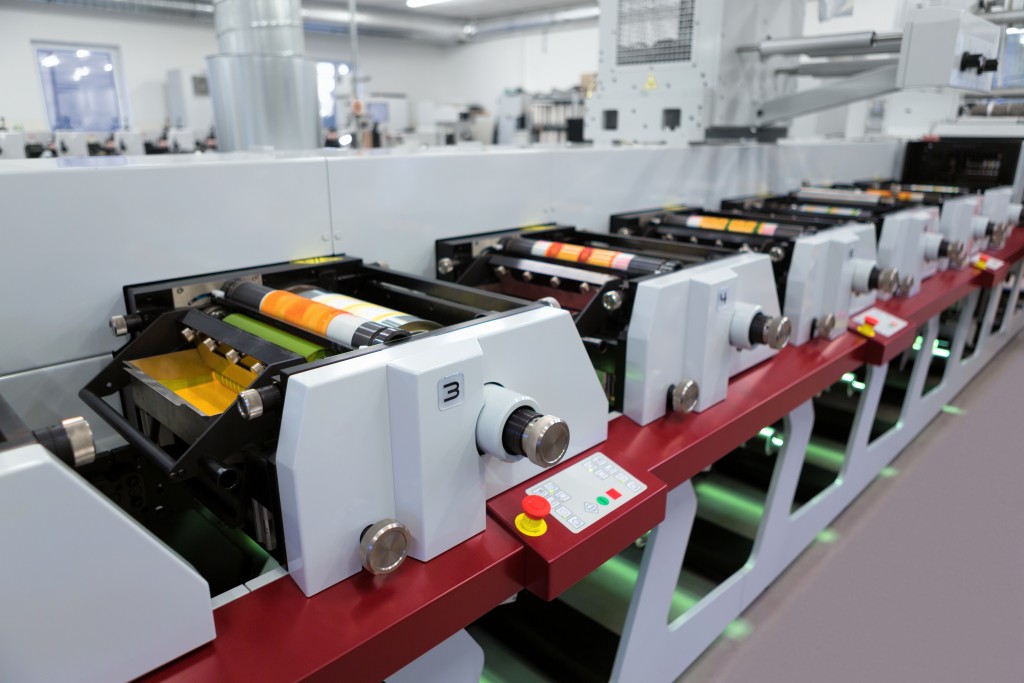Running a successful business in any industry requires printed material. Companies are always in need of quality printing products to grab attention — from reports and prospectuses to flyers, business cards and other glossy publications. It’s no wonder that business owners want a high quality ink for their printed materials.
In the printing industry, there has been much debate on the subject of using eco-solvent ink or latex ink, especially when using popular printer brands. Latex ink has been widely used for a diverse range of printing projects and many believe that latex is superior in terms of colour quality, curing times and environmental considerations. However, eco-solvent ink has emerged as a cheaper alternative that achieves better results.
Want to know more about eco-solvent ink that has been making the rounds in print rooms? Here are some busted myths that’ll leave latex ink lovers scrambling for rebuttals:
The colour quality is inferior
The truth is that eco-solvent has a wider colour gamut compared to latex, offering superior results and an outstanding finish. This is especially noticeable in bright red, orange, magenta, cyan and green output. Eco-solvent also has a glossier quality because it interacts directly with the fibres of the substrate, taking on much of the substrate’s attributes. This results in a vivid appearance that contrasts with the matte and dull quality of latex ink. Additionally, latex cannot compare to the rich blacks and reflective colours of eco-solvent.
Eco-solvent ink is also more suitable for outdoor applications. Latex ink usually requires lamination to extend its lifespan but eco-solvent is more resistant tithe elements so that outdoor signs fade less quickly. Eco-solvent inks are tested for their resistance to abrasion, ensuring buyers of their durability.
Eco-solvent takes days to dry and cure

The popular belief is that eco-solvent inks take hours to dry while latex inks dry instantly. While latex inks are fast drying, their curing times vary depending on the substrate, saturation and application of the ink. The waiting time for eco-solvent has also been exaggerated, and the quality of the output easily outweighs the drying time.
Unlike latex printers that have problems drying and curing ink onto the edges, eco-solvent cures properly, even with high ink loads. With eco-solvent, there is no wastage around the outer margins and the entire usable area of the media is utilised.
Additionally, Roland DG, the world’s number one provider of wide-format inkjet printers, states that latex machines have inferior loading mechanisms that make loading media difficult, adding unnecessary time onto print jobs.
Eco-solvent is bad for the environment
The claim that eco-solvent isn’t environmentally-friendly is not true. Solvent inks have a bad reputation for releasing air pollutants (volatile organic compounds) into the air but eco-solvents are formulated using non-aggressive solvents.
Additionally, eco-solvents are thicker so they contain more pigment, meaning that less ink is needed. Latex ink is also cured as it goes through the printer, creating its own environmental issues because it requires a larger amount of energy compared to eco-solvents.
Eco-solvent ink is a better alternative to latex because of its colour quality, durability and environmental considerations. With this cost-effective printer ink option, businesses are assured that their promotional materials reflect the high standards of their company.





